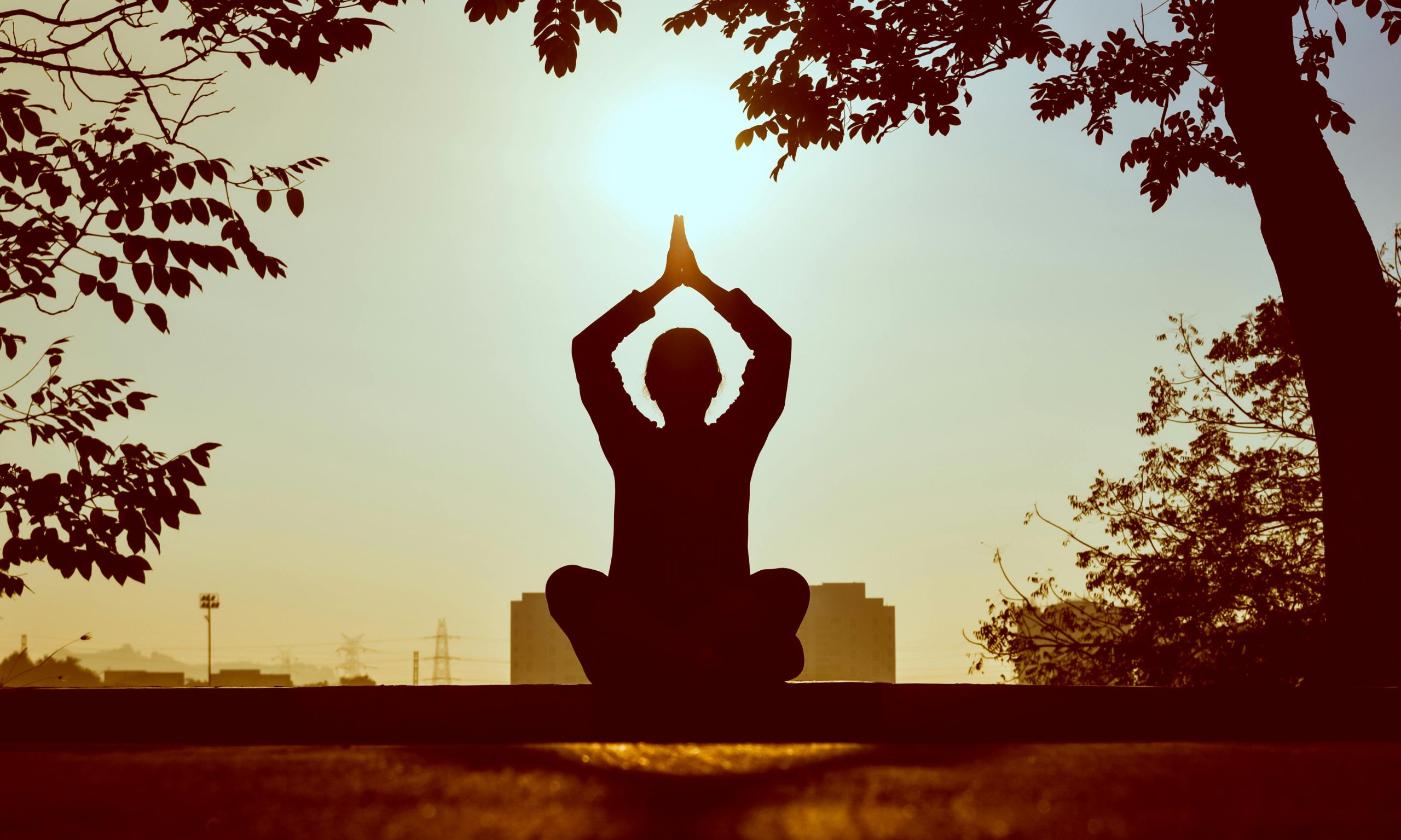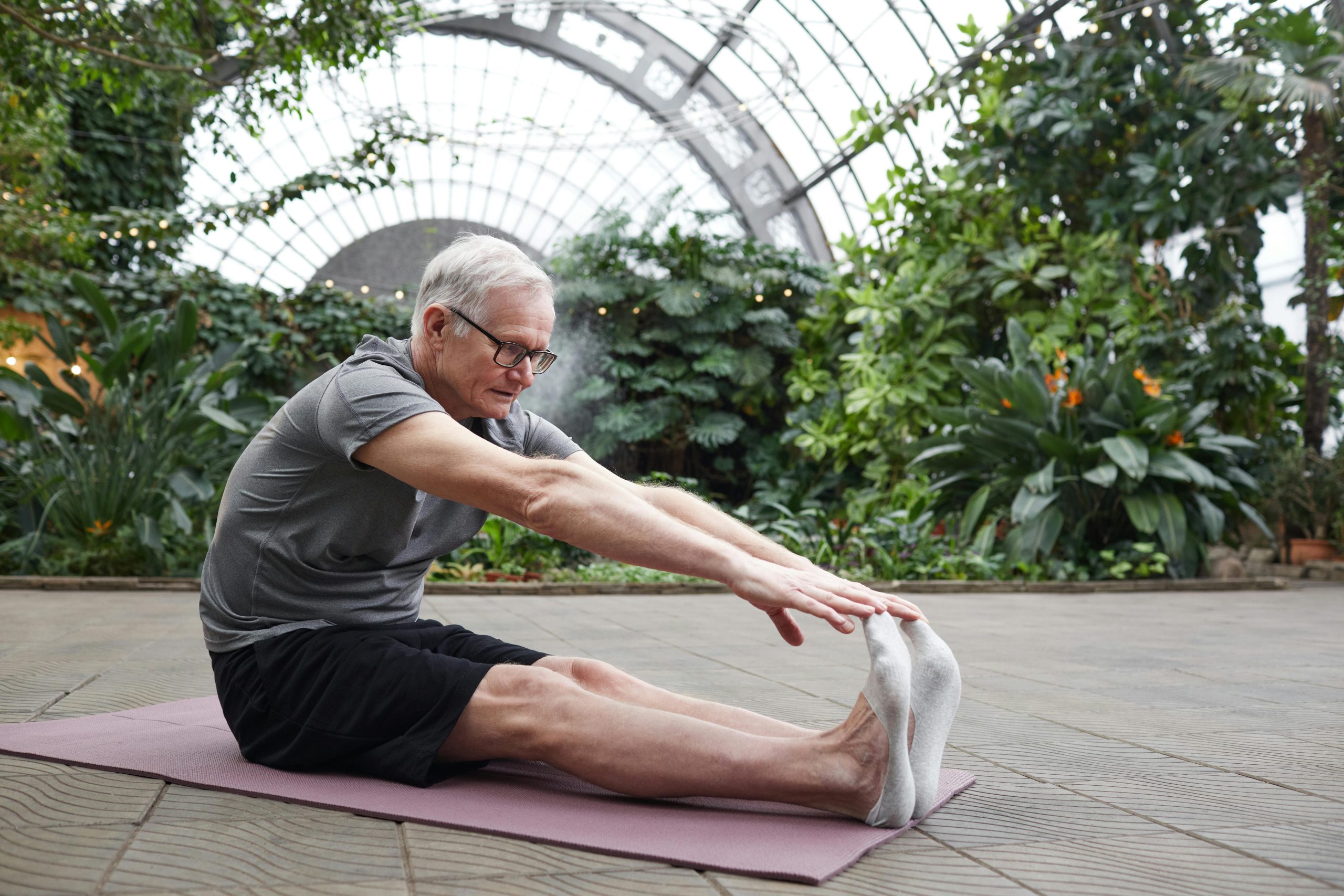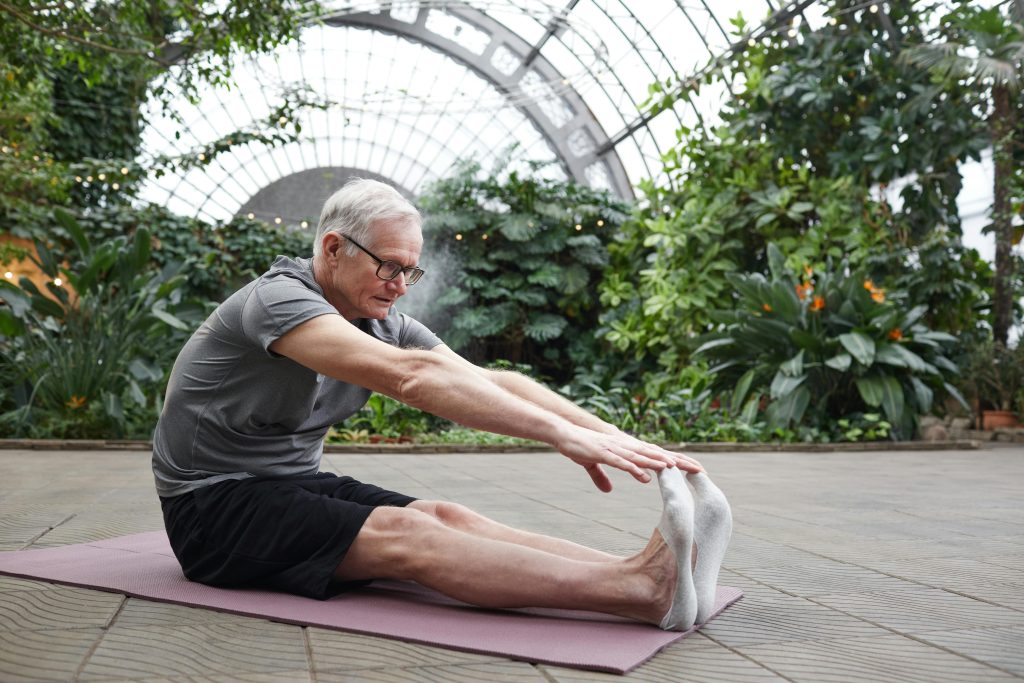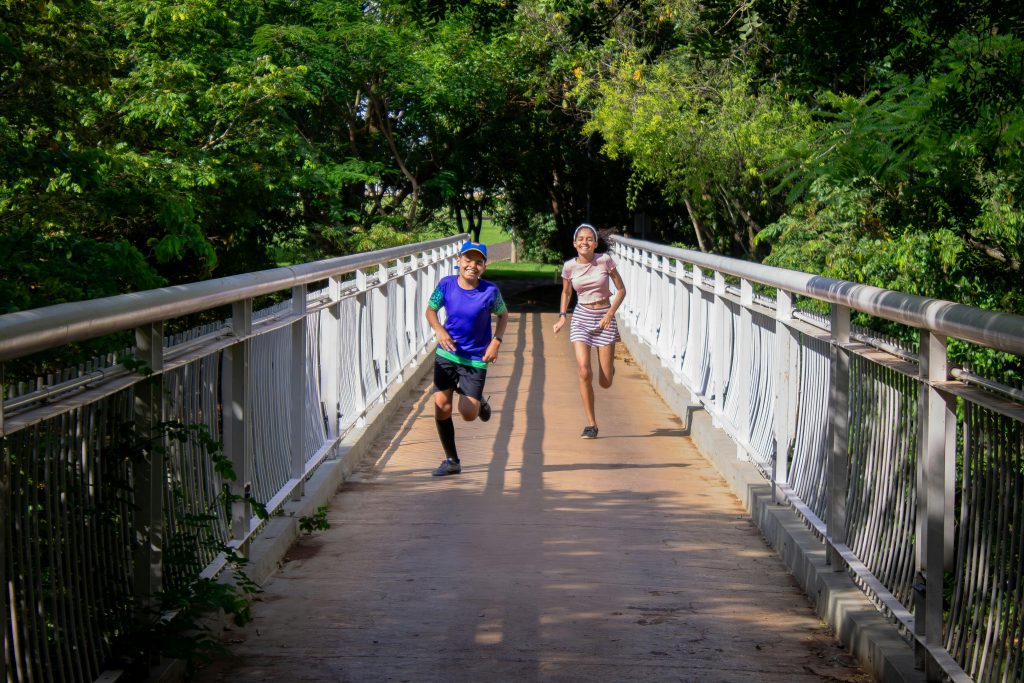How Yoga Poses Enhance Flexibility: A Comprehensive Guide
Introduction
Flexibility isn’t just about touching your toes—it’s a cornerstone of overall physical health, injury prevention, and improved athletic performance. For many, tight muscles and stiff joints impede movement, causing discomfort and limiting daily activities. Yoga, with its blend of static stretches, dynamic transitions, and mindful breath work, offers a proven pathway to greater suppleness and range of motion. In this post, we’ll explore how specific yoga poses target key muscle groups, the physiological mechanisms behind improved flexibility, and practical strategies to integrate these postures into your routine safely. Whether you’re a seasoned yogi or a curious beginner, you’ll learn how to harness yoga’s transformative power to unlock your body’s full potential.
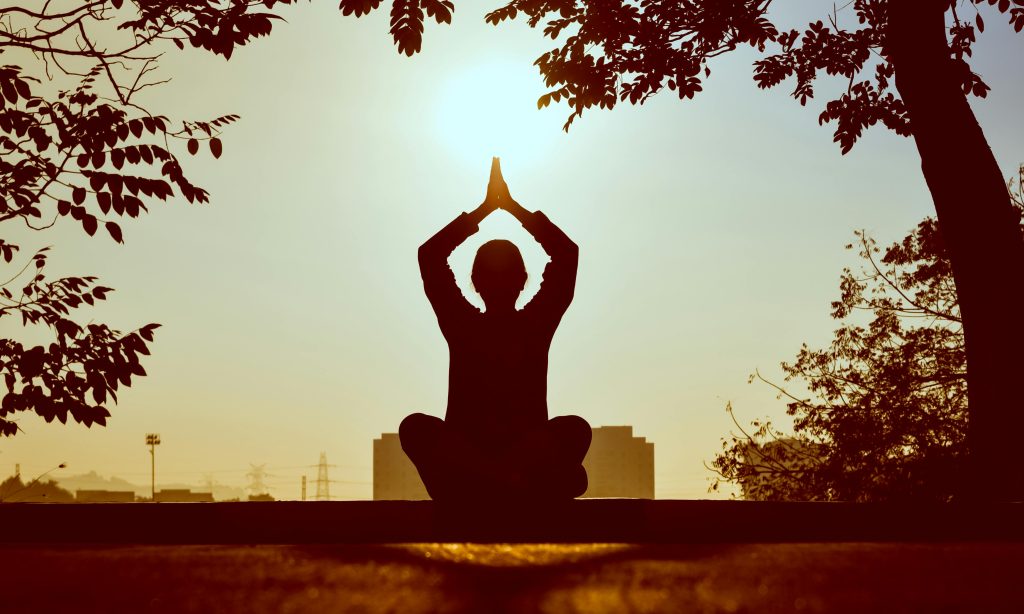
Why Flexibility Matters
- Enhanced mobility: Improved joint range of motion makes everyday tasks—tying shoelaces, reaching overhead, bending—easier and pain-free.
- Injury prevention: Flexible muscles and connective tissues absorb stress more evenly, reducing the risk of strains, sprains, and overuse injuries.
- Posture & alignment: Tight hip flexors, hamstrings, or chest muscles can pull your spine out of alignment; yoga counteracts these imbalances.
- Mind–body connection: The mindful aspect of yoga encourages body awareness, helping you notice areas of tension and release them over time.
Analogy: Think of your body like a well-oiled machine—regular stretching through yoga keeps the “gears” running smoothly, preventing jams and breakdowns.
How Yoga Improves Flexibility: The Science
1. Muscle Lengthening Through Static Stretch
- Mechanism: Holding a stretch for 30–60 seconds gradually changes the resting length of muscle fibers and connective tissue (the Golgi tendon organ response).
- Benefit: Over time, muscles and tendons remodel at a longer length, allowing joints to move through a deeper range of motion.
2. Dynamic Mobility via Vinyasa Flows
- Mechanism: Moving systematically through poses warms tissues, increases blood flow, and promotes synovial fluid production in joints.
- Benefit: Dynamic, active stretches teach neuromuscular coordination, helping muscles relax into length rather than resist it.
3. Neurological Adaptation and Relaxation
- Mechanism: Yoga’s emphasis on breath and mindful focus shifts the nervous system from “fight-or-flight” (sympathetic) to “rest-and-digest” (parasympathetic), reducing protective muscle tension.
- Benefit: Relaxed muscles stretch more easily, and your brain learns to override reflexive resistance to lengthening.
4. Fascia Release and Hydration
- Mechanism: Deep stretches and gentle twists massage the fascia (connective tissue network), helping break up adhesions and improve tissue glide.
- Benefit: Hydrated, pliable fascia supports greater overall flexibility and better force transmission between muscles.
Key Yoga Poses for Flexibility
H2: Hip-Opening Poses
1. Pigeon Pose (Eka Pada Rajakapotasana)
- Targets: Hip rotators (piriformis), glutes, hip flexors
- How to practice:
- From Downward-Facing Dog, bring your right knee forward toward your right wrist.
- Extend your left leg straight back, keeping hips square.
- Fold forward, resting on forearms or forehead, and breathe deeply for 5–10 breaths.
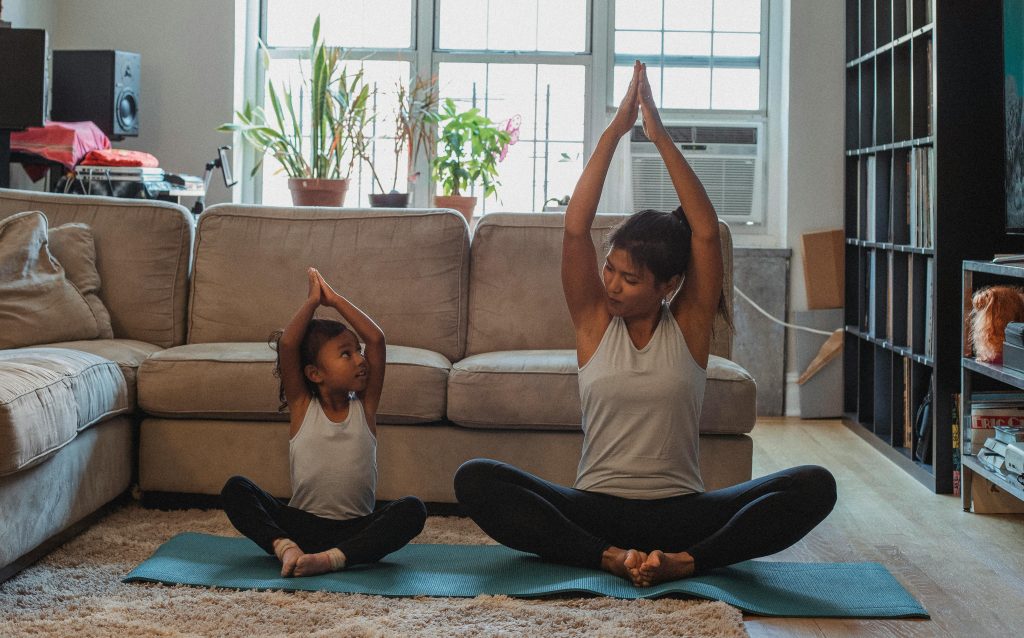
Tip: Place a block or folded blanket under the right hip if it doesn’t reach the floor to maintain proper alignment.
2. Garland Pose (Malasana)
- Targets: Inner thighs, groin, lower back
- How to practice:
- Squat with feet slightly wider than hip-width, toes pointing out.
- Bring palms together at heart center, press elbows into inner knees.
- Lengthen your spine, gently rocking side to side to deepen the stretch.
H2: Hamstring and Calf Stretches
3. Standing Forward Fold (Uttanasana)
- Targets: Hamstrings, calves, lower back
- How to practice:
- From standing, hinge at the hips and fold forward, bending knees slightly if needed.
- Let your head hang heavy; hold opposite elbows or reach for the floor/shins.
- With each exhale, soften into the stretch to gradually straighten legs.
Modification: Use blocks under your hands if you can’t reach the floor without rounding your back.
4. Runner’s Lunge with Forward Tilt
- Targets: Hip flexors, hamstrings, calves
- How to practice:
- From Downward Dog, step your right foot forward outside the right hand in a low lunge.
- Drop back onto the left knee, press hips forward, and then straighten the front leg for a hamstring stretch.
- Shift your torso back and forth to alternate between hip flexor and hamstring opening.
H2: Spine and Shoulder Flexibility
5. Cat–Cow Stretch (Marjaryasana–Bitilasana)
- Targets: Spinal mobility, shoulders
- How to practice:
- Begin on all fours with wrists under shoulders, knees under hips.
- Inhale, lift chest and tailbone (Cow); exhale, round spine and tuck tailbone (Cat).
- Flow for 1–2 minutes, synchronizing movement with breath.
6. Bridge Pose (Setu Bandha Sarvangasana)
- Targets: Lower back, hip flexors, chest
- How to practice:
- Lie on your back with knees bent, feet hip-width apart.
- Press into feet and lift hips toward the ceiling.
- Interlace hands under your back or rest arms alongside body.
- Hold for 5–8 breaths, then release with control.
Structuring a Flexibility-Focused Yoga Practice
H2: Warm-Up: Awakening the Muscles
- Start with gentle joint rotations (ankles, hips, shoulders).
- Follow with Cat–Cow flows to mobilize the spine and awaken the core.
H2: Dynamic Sequence: Active Stretching
- Sequence Example:
- Downward-Facing Dog → Runner’s Lunge (right) → Forward Fold → Runner’s Lunge (left) → Downward Dog.
- Repeat 3–5 rounds, linking breath to movement (inhale to lunge, exhale to fold).
H2: Deep Stretching: Static Holds
- Incorporate 3–5 minutes of deep holds in Pigeon Pose (each side).
- Add Garland Pose and Standing Forward Fold with longer holds (1–2 minutes each).
H2: Cool-Down and Savasana
- Wind down with gentle supine twists and a supported Bridge or Reclined Bound Angle Pose (Supta Baddha Konasana).
- Finish with at least 3–5 minutes in Savasana to integrate the practice and allow tissues to settle.
Tips for Safe and Effective Flexibility Gains
- Breathe consciously: Never hold your breath; exhalations help you release into stretches and calm the nervous system.
- Honor your edge: Stretch to the point of “comfortable tension,” not pain—mild discomfort is normal, sharp pain is a red flag.
- Consistency over intensity: A daily 10-minute routine trumps sporadic 60-minute sessions.
- Mindful progression: Track which poses feel tighter and revisit them regularly, gently increasing duration or depth.
- Rest and recovery: Allow 24–48 hours between intense flexibility sessions for muscle and fascia to remodel.
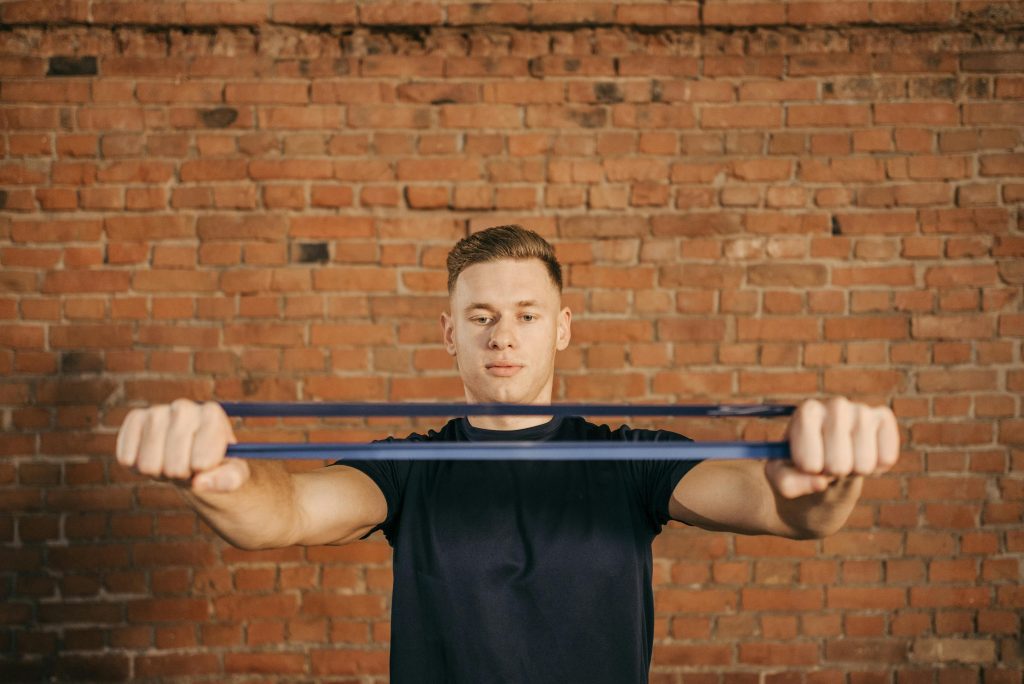
Expert Insight:
“Flexibility is as much neurological as it is structural. By combining mindful breath with progressive stretches, you teach both body and mind to let go of habitual tension patterns.”
— Dr. Anjali Patel, Physical Therapist and Yoga Instructor
Conclusion
Yoga offers a holistic, sustainable path to enhanced flexibility—combining the benefits of static stretching, dynamic movement, and mindful relaxation. By targeting key areas such as hips, hamstrings, spine, and shoulders through poses like Pigeon, Garland, and Bridge, you can unlock deeper ranges of motion and foster better posture, reduced pain, and injury resilience. Structure your practice with a warm-up, dynamic flow, deep holds, and a restorative cool-down, and remember that breath, consistency, and respectful progression are your greatest allies. Step onto your mat today with curiosity and patience, and watch your body transform one mindful stretch at a time.
